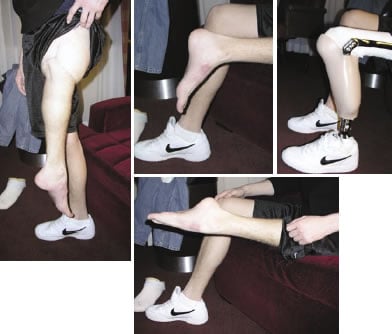Introductory Concepts To Nursing care Of The Pediatric Oncology Patient
- NCLEX
- ANCC
2.
You may optionally provide this to label your report, leaderboard, or certificate.
Submit
Submit
×
Thank you for your feedback!
















